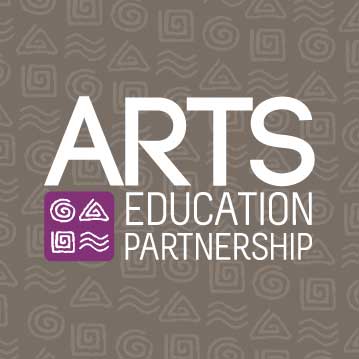This guest post comes from Jay P. Greene, distinguished professor of education policy at the University of Arkansas, where he directs a National Endowment for the Arts Research Lab. He’ll be sharing more about his work during a concurrent session, titled “Learning From Two National Endowment for the Arts Research Labs,” at the 2018 AEP Annual Convening.
In the 1981 French film, Diva, an opera singer refuses to be recorded because she believes that only live performance properly conveys her art, but was she really such a diva for insisting that live performance cannot be replaced technologically?
An experiment recently published in Educational Researcher, examining the effects on students watching live theater (compared with watching films or to a control condition), suggests that in-person art experiences produce benefits that technology cannot fully replace. For example, when students in the study attended a college production of Twelfth Night at the University of Arkansas, they later displayed higher levels of tolerance and social perspective-taking, as well as a stronger command of the plot and vocabulary of the story. However, when students were assigned by lottery to watch a film of Twelfth Night at the university, they demonstrated none of those benefits.
This was a particularly tough comparison, because the students randomly assigned to the live performance watched a student production and those assigned to the film watched a professional film starring award-winning actors, including Helena Bonham Carter and Ben Kingsly. This experiment shows that there appears to be something special about human beings making their art in front of you that superior acting or production quality do not typically trump.
The study consistently observed these benefits from students watching five different plays, two of which included a movie experimental condition that did not yield those benefits. An earlier experiment randomly assigned almost 11,000 students to go on a field trip to visit an art museum. That in-person art experience produced similar benefits, with respect to promoting tolerance and empathy, and helped students learn academic content. Having students leave school to experience art in person provided a window that helped students gain a greater understanding and acceptance of a broader world. But students may not react the same way to technological representations of that art because humans seem to be wired to react to things in front of them differently than to digital simulations of those experiences.
Of course, there are trade-offs. Watching films or looking at art online is significantly cheaper than taking students to watch live theater or visit an art museum. While this approach can help schools with limited budgets provide students with access to the arts, no one should fool themselves into believing that these technological solutions provide students with the same benefits. To help students learn about art and culture, research suggests district and school leaders can consider investing in opportunities to get them out of school so they can experience it in person. And the Every Student Succeeds Act provides state and district leaders with increased flexibility to look beyond the traditional methods of approaching student achievement and find innovative solutions for ensuring that all students can experience a well-rounded education — one that pushes beyond the subjects of reading, writing and mathematics, and includes the arts, sciences and humanities as essential components.
Schools may still want to continue investing in technology that helps expose a larger number of students to the broader world of art and culture. After all, you could not enjoy the film Diva without technology like TVs, video players and internet access. But if school leaders want to expose students to the full benefits of listening to opera, watching live theater or visiting an art museum, they may want to consider setting aside time and resources for these traditional school field trip experiences.




